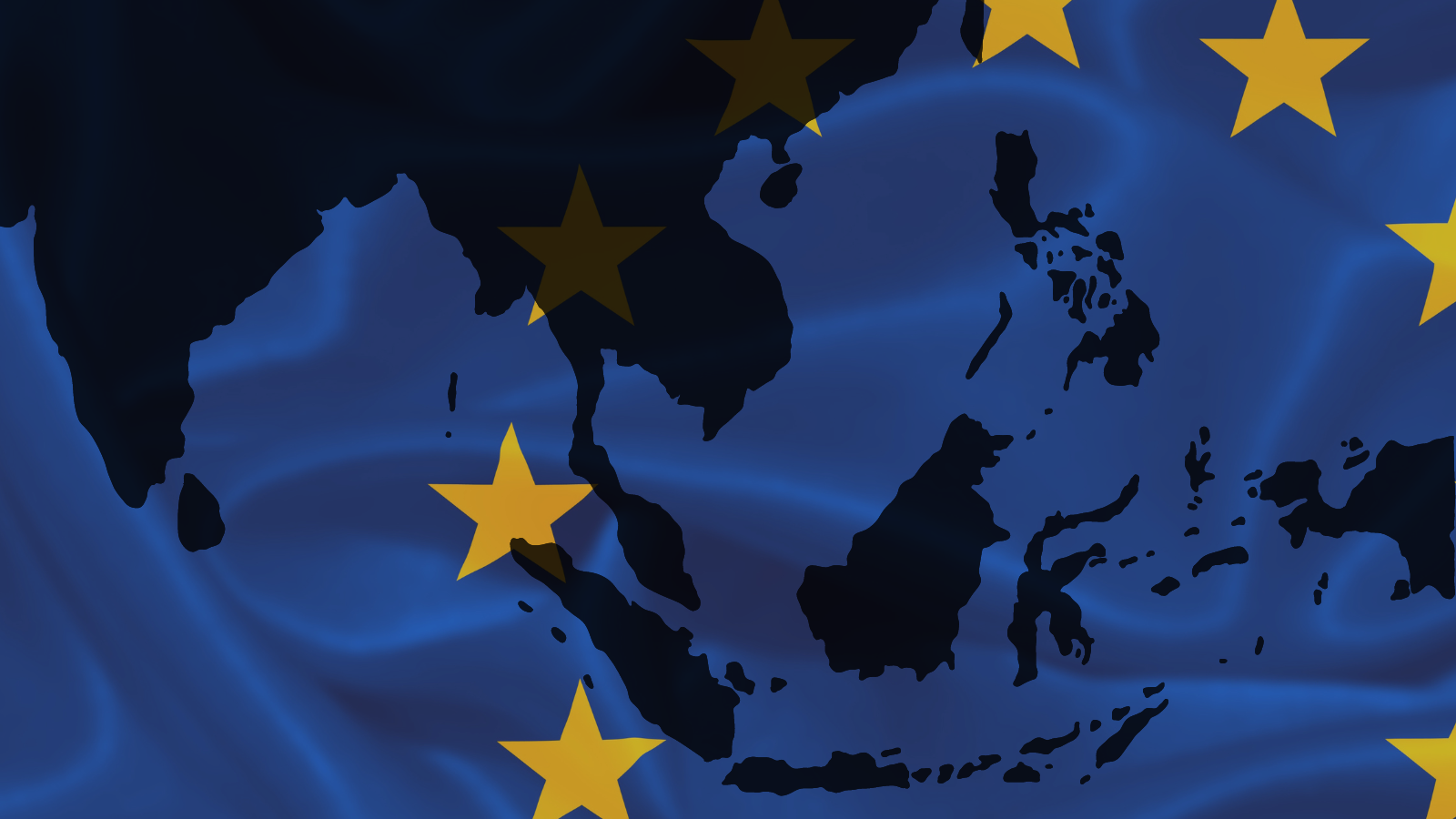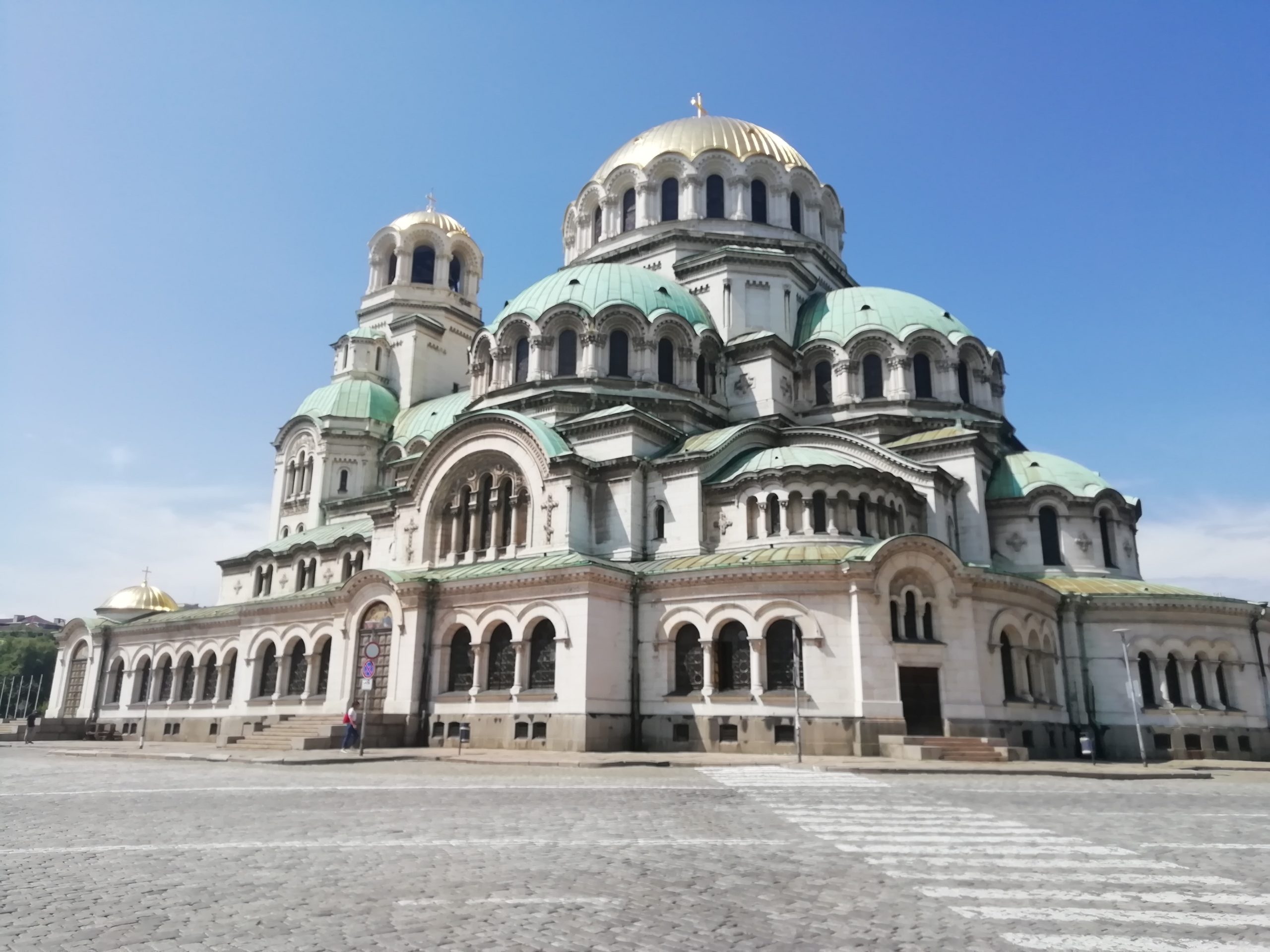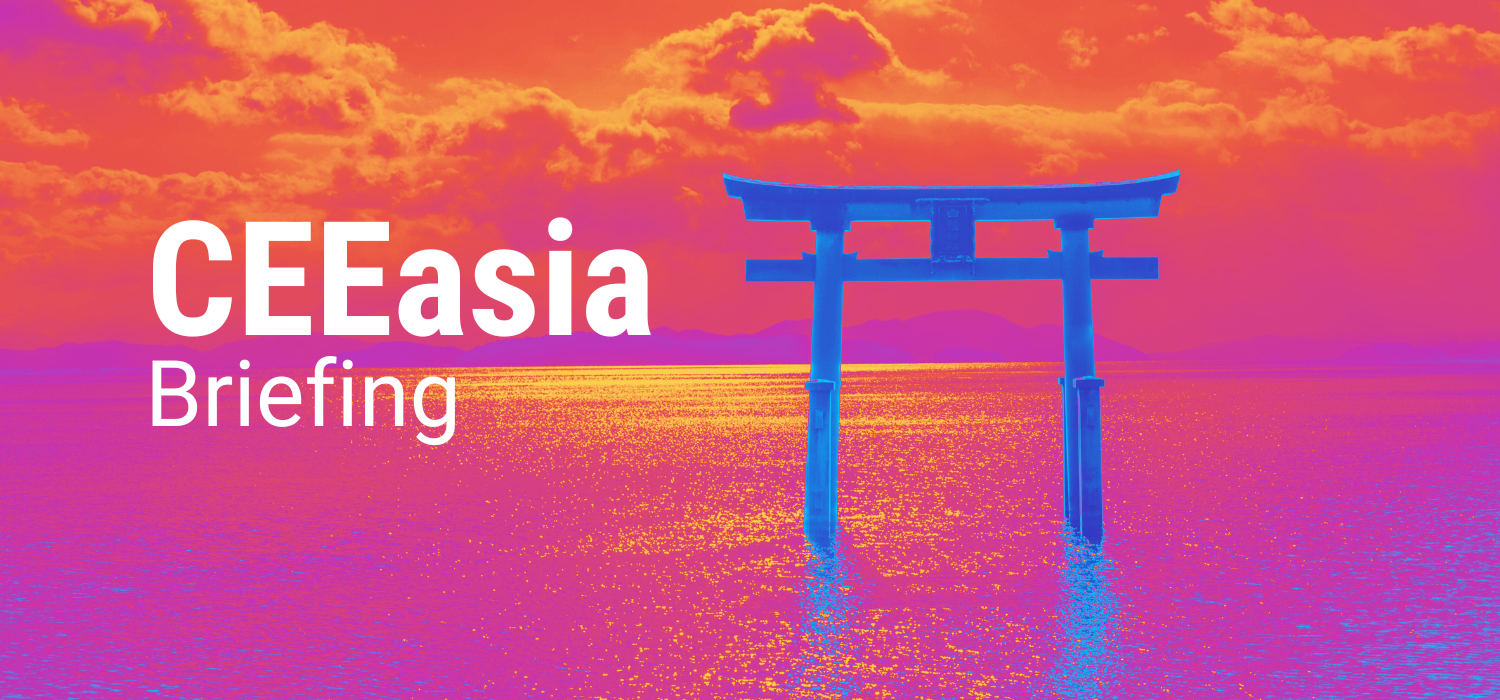In September 2021, the European Union (EU) released its very first Indo-Pacific strategy. While its assessment of the current geostrategic and geo-economic challenges is highly accurate (notably if read together with the EU’s 2019 China strategy), the Indo-Pacific strategy has been criticised for lacking specific means of implementation. Since then, the EU has been promoting its Global Gateway Initiative (GGI). A globally oriented infrastructure scheme, the GGI was developed as a core instrument to project the EU’s influence in the Global South, with a regional focus on Africa and the Indo-Pacific.
Between 2021 and 2027, the GGI is set to jointly mobilise up to EUR 300 billion in a so-called ‘Team Europe’ approach through EU institutions and EU member states, as well as the private sector. Although existing EU funds have been reallocated, for instance, from the 2018 Europe-Asia connectivity programme, bundling existing initiatives and funds can be a major advantage. The investment in the GGI indicates the EU’s stronger global focus on infrastructure and connectivity partnerships within a dedicated scheme.
China’s Belt and Road Initiative (BRI) is a key geopolitical and geo-economic motivation for the GGI. Brussels views the BRI — an ambitious infrastructure and connectivity initiative — as one of China’s major tools to promote “alternative models of governance”. Accordingly, the GGI is designed to not only offer developing nations direct economic benefits but also to reflect the EU’s values-based foreign policy to strengthen the liberal (Western) rules-based order. The GGI can therefore be regarded as a soft power tool that combines the economic strength and normative power of the EU.
The GGI as a facilitator for more EU investments in Southeast Asia
Southeast Asia plays a key strategic role for Brussels because the EU and the Association of Southeast Asian Nations (ASEAN) share the aim of upholding the rules-based regional order with ASEAN at the centre. Europe and Southeast Asia are also important trading partners, with the EU as the main investor in the region over the last decade, slightly exceeding the United States and significantly ahead of China. The GGI will mobilise further investments in the region.
The investment in the Global Gateway Initiative (GGI) indicates the EU’s stronger global focus on infrastructure and connectivity partnerships within a dedicated scheme.
The EU’s ‘de-risking’ approach towards China is also an attempt to strengthen its economic security through diversification. With the EU already intending to reduce vulnerabilities across the board and accelerate a green transition, both within and outside the EU, the GGI and increased collaboration with Southeast Asia are obvious means of choice. The GGI has, therefore, a clear geostrategic and geo-economic dimension.
The smouldering Sino-US competition aside, both the COVID-19 pandemic and Russia’s invasion of Ukraine have laid bare the vulnerabilities of Europe’s supply chains and energy supply. To lessen their dependency on China, many European companies already relocated production plants or service centres to Southeast Asian countries. Since the outbreak of COVID-19, the private sector increasingly regards Indonesia, Malaysia, Thailand, the Philippines, and Vietnam as alternatives or at least additional production sites and crucial hubs in the global value and production chains. Companies establishing such production sites include the Danish Lego (Vietnam) and the Austrian AT&S (Malaysia).
Consequently, the EU emphasises the qualitative differences to the BRI. The GGI aims to work together with partners to develop high-quality infrastructure and invest in environment, health, education and research, energy, and digital connectivity. In this regard, and also due to the emphasis on sustainability and compatibility with the UN Sustainable Development Goals, the EU can offer Southeast Asia valuable alternatives to the BRI in clearly defined sectors.
This niche approach makes sense, considering that the EU is a latecomer in Southeast Asia regarding infrastructure and connectivity development, far behind Japan and China, but also the United States. However, as due to the BRI many major railway, road, and port projects have already been implemented, investing in smaller but high-quality projects is a promising way to improve the local infrastructure and raise Europe’s visibility in Southeast Asia.
Living in an à la carte world, it comes as no surprise that Southeast Asian nations choose their cooperation partners (also in regard to infrastructure development) in a pragmatic, yet also strategic manner. Being a normative and regulatory power with a global outreach, a unique selling point of the GGI is its high social, environmental, and good governance standards. However, these standards and the EU’s values-based foreign policy approach can in general also reduce the appeal of the BRI in non-democratic Southeast Asian countries. The successful realisation of the GGI, though, depends on whether these regimes see clear benefits from the cooperation with the EU. They will calculate whether economic gains from relations with the EU are worth accepting the high project standards and human rights lessons from the West.
Two important GGI partners in Southeast Asia are Vietnam and the Philippines. In principle, as a democracy, the Philippines is a more natural partner for the EU, but there are also strong strategic overlaps with Vietnam.
Two GGI lighthouse projects in Southeast Asia
With Vietnam working to further develop renewable energy sources and set to “firmly ensure national energy security” by 2025, the GGI-backed construction of the Bac Ai hydropower plant seems like a perfect fit. Approved by the Vietnamese government back in 2016 and with the EU having been brought on board in 2022, the 1.2 GW pumped storage hydroelectric power plant is currently under development and expected to be up and running by 2028 or 2029. Under the GGI, the EU first and foremost provides technical assistance to the project and aims to accelerate funding mobilisation for the USD 900 million project. Not only will it help to meet Vietnam’s rapidly growing energy demands and somewhat counter its increasing reliance on energy imports but further Hanoi’s energy transition and bring it one step closer to meeting its goal of hitting net zero carbon emissions by 2050.
However, there have not only been doubts about the economic viability of hydropower plants, but Vietnam itself is also aiming to reduce the overall share of electricity produced from hydropower sources by 2030 — a lesson drawn from previous environmental damages. It stands to reason that getting the EU on board was not merely a practical choice but a strategic decision, as Hanoi knows how to exploit its role as a much sought-after partner in pursuit of its hedging strategy. While Beijing’s BRI has mostly been welcomed, a more pronounced EU counterweight may just help to underscore Hanoi’s “desires for the BRI to be more transparent, win-win, and greener”.
Another such lighthouse project in the region is the EU’s stake in accelerating the Philippines’s digital transformation. Drawing from Copernicus, a longstanding component of the EU’s space programme, the EU is supporting the establishment of a new data centre under the GGI umbrella. Launched in April 2023, the data centre is set “to help people respond to natural disasters and climate change” through “better policy definition, improved planning, increased transparency, commitment, and accountability”. Additionally, the Copernicus mirror site is expected to “provide high-speed internet capacity”. As a result, Philippine authorities will gain access to an extensive collection of environmental and climate data generated by a network of Copernicus satellites known as the Sentinels. Brussels, in turn, consolidates its position as a relevant player in earth observation whilst reducing dependencies on non-European data providers.
With the Philippines already one of the countries most affected by climate change globally, the country faces a critical need for advanced tools and strategies to mitigate environmental risks. After the Marcos Jr. administration cancelled some high-profile BRI projects, Manila is scouting for alternative and, first and foremost, responsible partners. This initiative, which may not just be the first of its kind in the region, aligns with EU efforts to combat climate change and underscores the Union’s commitment to addressing pressing environmental issues, potentially opening doors in the region and elsewhere. A comparatively small GGI investment (EUR 10 million) can therefore have a considerable positive impact on the daily lives of many Filipino citizens.
Off to a good start, but a long road ahead
Although the GGI is a relatively new initiative, it has gotten off to a good start. However, many more joint GGI projects that directly serve the interests of local citizens need to be implemented to compete with China’s BRI and raise the EU’s profile as a reliable and trustworthy partner. Only then will the GGI become a significant soft power tool for the EU to promote its political and economic objectives in Southeast Asia.
The EU, though, must find a pragmatic but credible balance between values and interests, as in implementing the GGI it needs to also cooperate with non-democratic nations, such as Vietnam. Moreover, Brussels needs to seek deeper collaboration with the respective infrastructure initiatives of ASEAN, Japan, India, the United States, and at least some form of coordination with China to carry out projects in the Indo-Pacific and Southeast Asia. All in all, though, the GGI is here to stay, as economic and infrastructure cooperation is in light of the EU’s geopolitical ambitions and its limited agency as a security actor, the most promising means to project its influence.
This work has received funding from the European Union’s Horizon Europe coordination and support action 101079069 — EUVIP — HORIZON-WIDERA-2021-ACCESS-03.
Funded by the European Union. Views and opinions expressed are however those of the author(s) only and do not necessarily reflect those of the European Union or the European Research Executive Agency (REA) . Neither the European Union nor the granting authority can be held responsible for them.
The article was originally published by 9DASHLINE.
DISCLAIMER: All views expressed are those of the writer and do not necessarily represent that of the 9DASHLINE.com platform.









